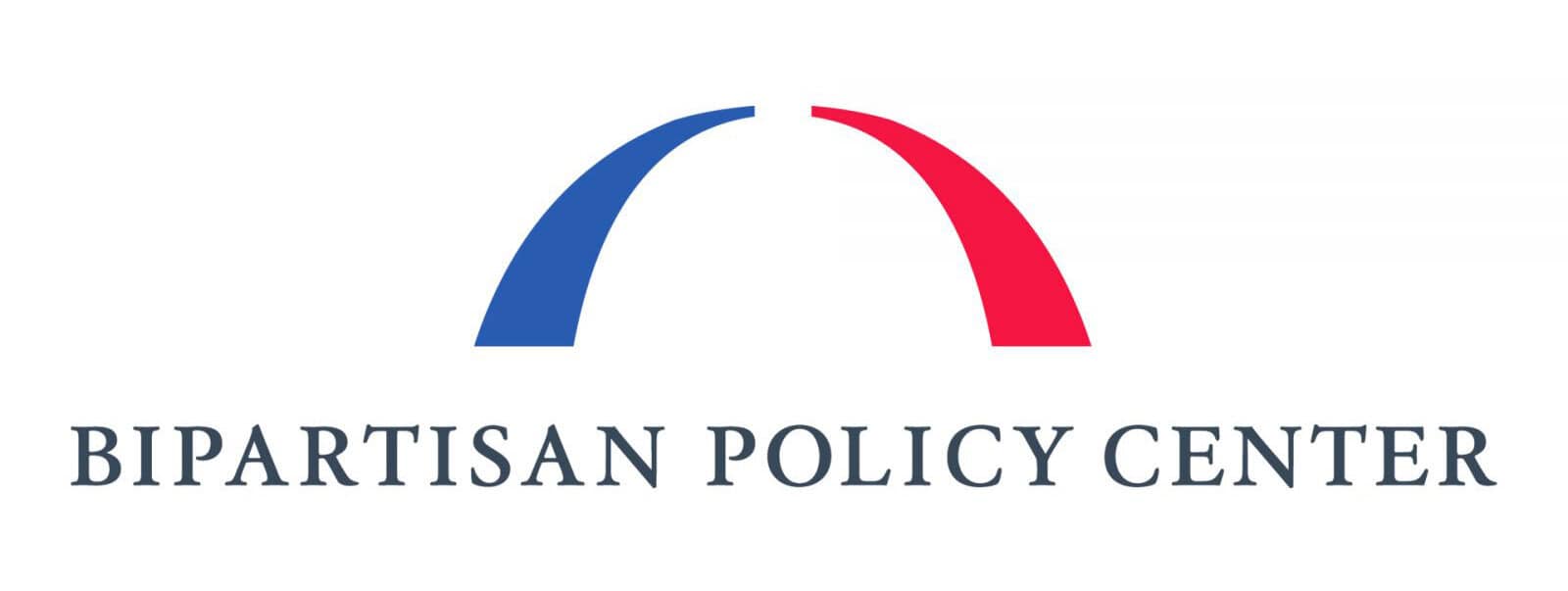The Future of Telehealth and Remote Patient Monitoring
As telehealth and remote patient monitoring usage by Medicare beneficiaries soared during the pandemic, policymakers needed evidence to understand how these types of virtual care were impacting the practice of medicine and Medicare beneficiary healthcare utilization patterns. The Center funded The Bipartisan Policy Center to conduct extensive research and Medicare data analysis to inform and shape telehealth and remote patient monitoring policies.
The Peterson Center on Healthcare funded the Bipartisan Policy Center (BPC) to conduct research that will inform the future of Medicare telehealth and remote patient monitoring (RPM) coverage and payment. Telehealth and RPM are types of virtual care that hold great promise to improve patient access to care, increase provider efficiency and reduce health system costs. The COVID-19 pandemic served as a catalyst for rapid adoption of telehealth and RPM in the US, and now policymakers must wrestle with important questions about its use and payment: in which clinical circumstances, for whom, and over what treatment duration should Medicare cover and pay for these services? Before COVID-19, telehealth and RPM were still in their infancy in the US – largely because Medicare did not cover them outside of a very limited set of clinical and geographic circumstances. With the onset of the pandemic, Congress and Medicare rapidly eased these restrictions. Providers who had been experimenting with telehealth and RPM in small pilot formats quickly scaled these new tools to meet patient demand.
As a result, telehealth and RPM utilization accelerated over the past several years, making it an important time to study how their use has changed healthcare access, outcomes and spending patterns in Medicare.
BPC’s research found that nearly half of all Medicare beneficiaries had a telehealth visit in 2020, telehealth utilization was highest among Medicare beneficiaries with 5-8 chronic conditions, and Medicare spending on telehealth visits was $4.25 billion in 2020 (compared to $52 million in 2019).
For RPM, Medicare utilization is also increasing rapidly – there has been a sixfold increase in use between 2018-2022, with annual Medicare spending growing from $5.5 million in 2019 to $101 million in 2021.
BPC is providing evidence to inform future policy decisions on an important digital health technology that has fundamentally changed how millions of people in the United States receive healthcare services.
Center Responds to CMS Proposed Rule on Hospital Outpatient Prospective Payment System
The Center offers recommendations to strengthen hospital price transparency, advance site-neutral payment policy, and improve Medicare Advantage data reporting.
Center Responds to CMS Proposed Rule on Medicare Physician Fee Schedule
The Center offers recommendations to align Medicare payments with clinical value, advance digital mental health treatment, and promote high-value digital health tools.
Center Responds to RFI on Modernizing the Medicare Digital Health Ecosystem
The Center offers recommendations to modernize Medicare’s digital ecosystem, promote high-value health technology, and leverage transparency for better care.



